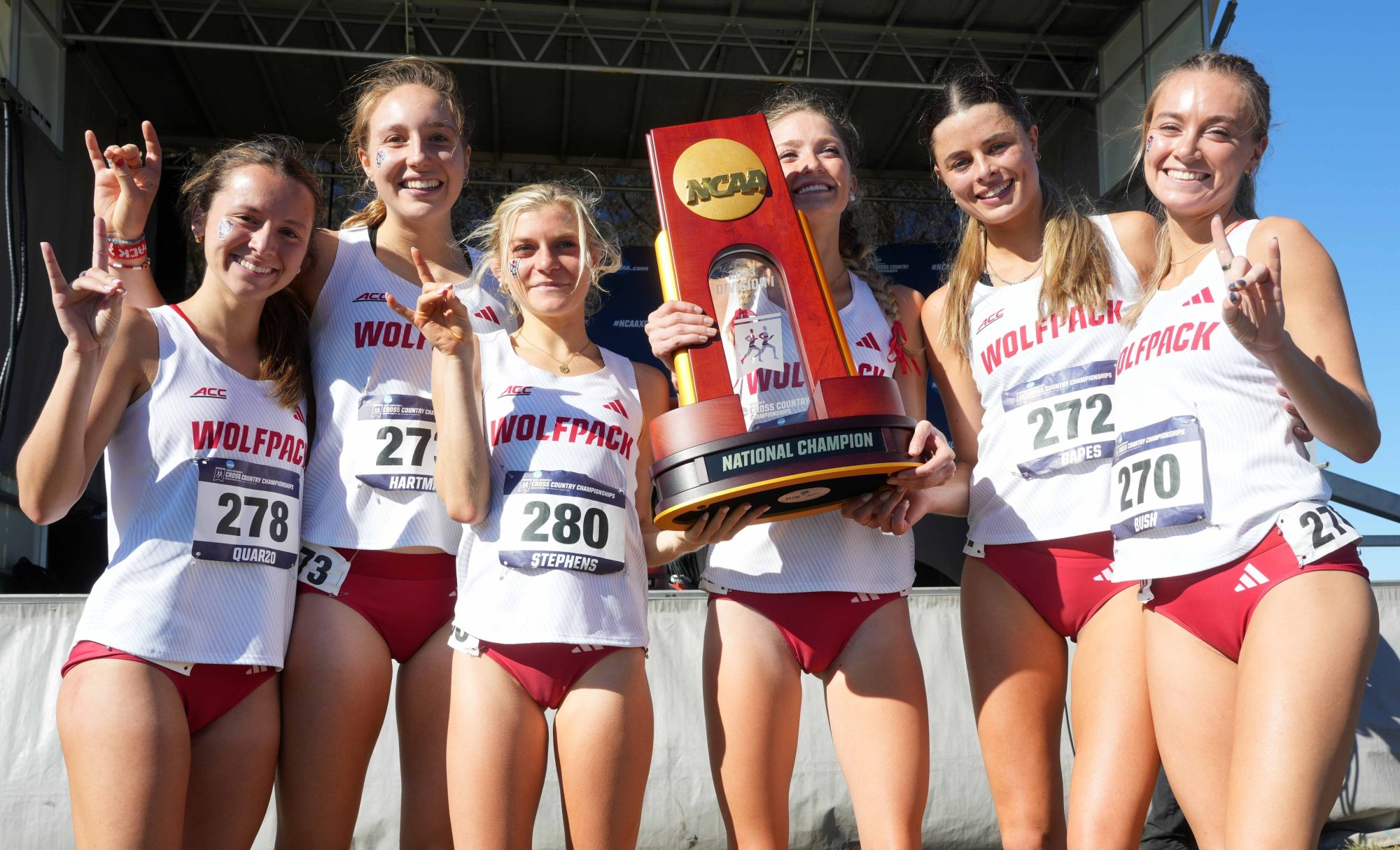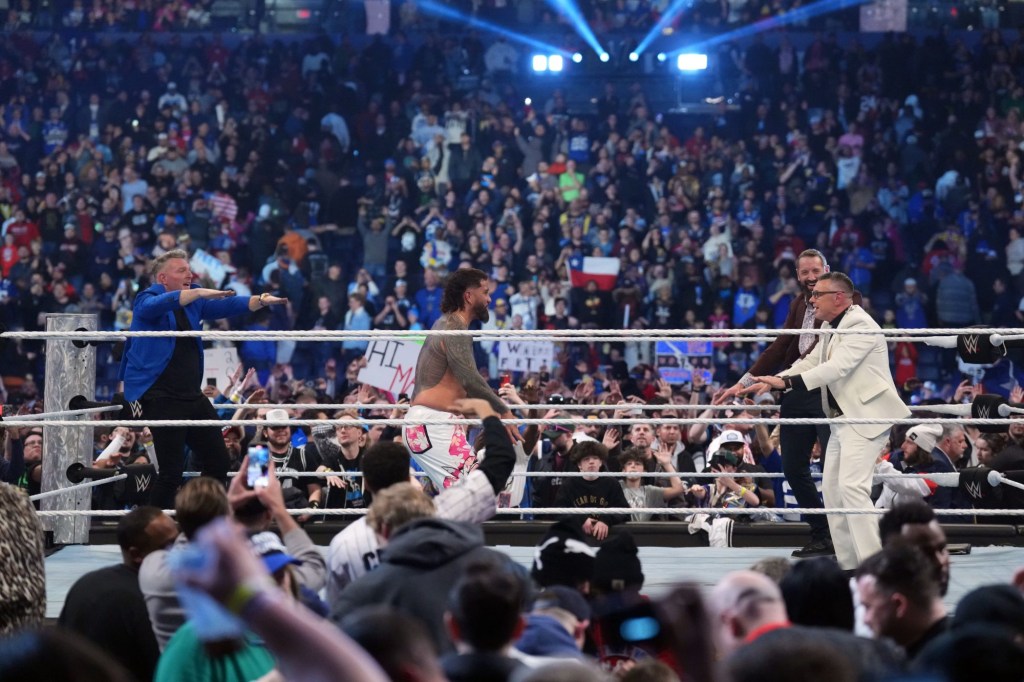The expression is supposed to be “hold my beer.” But at the 2034 FIFA World Cup, it’ll be “hold the beer.”
Saudi Arabia’s ambassador to the U.K., Prince Khalid bin Bandar Al Saud, confirmed Wednesday that fans will not be allowed to drink alcohol during the 2034 FIFA World Cup.
He wasn’t just referring to stadiums—he was talking about within the whole country, where alcohol consumption is strictly forbidden.
“Everyone has their own culture,” he told UK news site LBC. “We’re happy to accommodate people within the boundaries of our culture but we don’t want to change our culture for someone else.”
There are parallels to the 2022 World Cup held in Qatar, another predominantly Muslim nation. While that country, which regularly caters to Western travelers, doesn’t have a blanket ban on alcohol, it does have strict rules about when and where it can be sold.
Mere days before the World Cup, Qatar said beer wouldn’t be available inside stadiums and that fans would only be able to drink in fan zones and hotels. The move embarrassed FIFA, which counts Budweiser brewer Anheuser-Busch InBev as a major sponsor and which had all but promised fans they would be able to imbibe during the matches.
Saudi Arabia is telegraphing its intentions much further in advance, which could put some fans off coming altogether. Beer lovers won’t be the only ones. Considering that homosexual acts are punishable by death, gay fans have also questioned whether they will be welcome.
“It is not a Saudi event, it is a world event,” said Al Saud in reference to LGBTQ attendees. “And to a large extent, we will welcome everyone who wants to come.”
While a lot can change in the nine years before the event kicks off, Saudi Arabia has little incentive to soften its stance and work with FIFA. Because it was the lone country to bid for the 2034 World Cup, no one else is waiting in the wings.
Nonetheless, the ambassador’s language left drinkers a little hope the country could still change its mind: “At the moment,” he said, “we don’t allow alcohol.”










